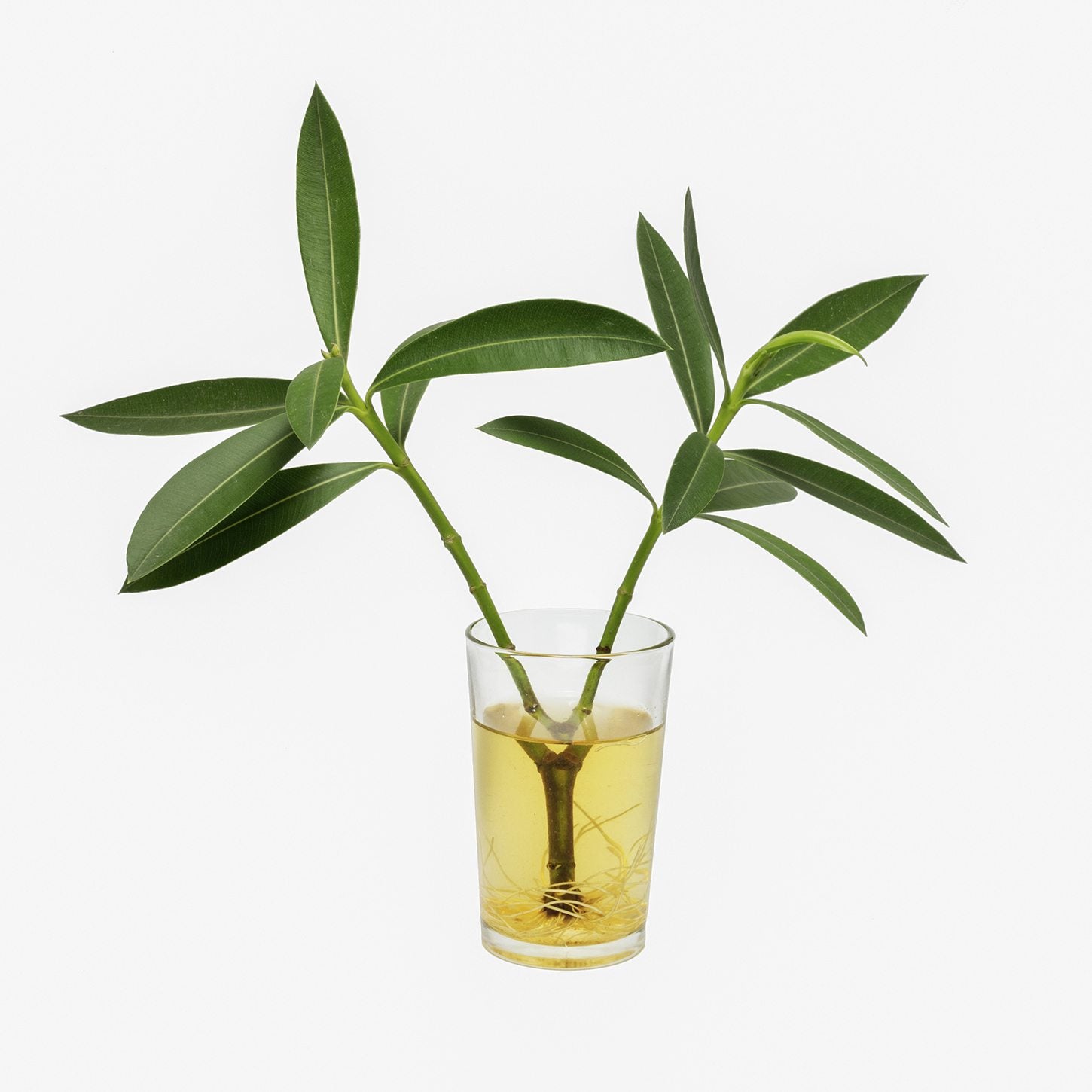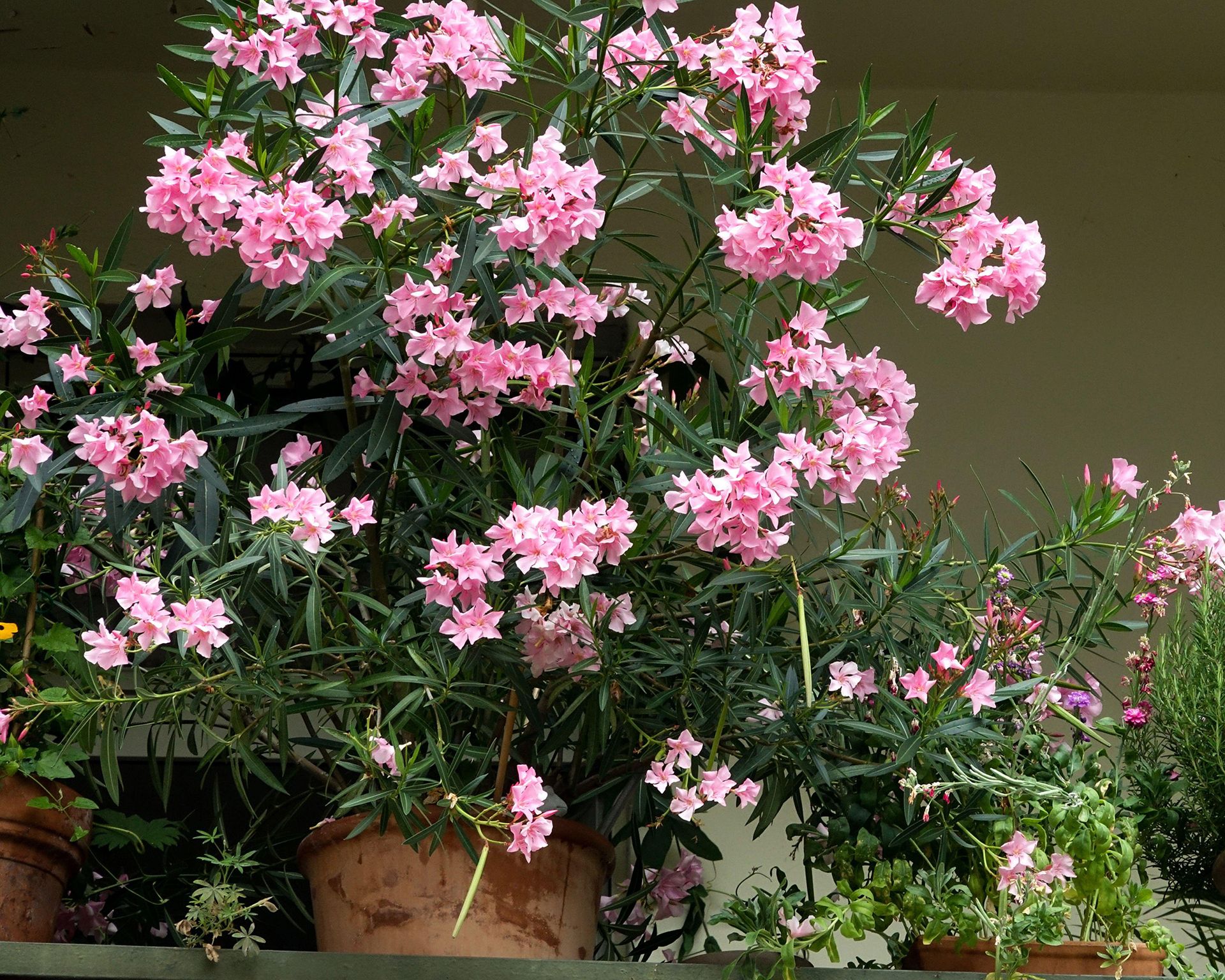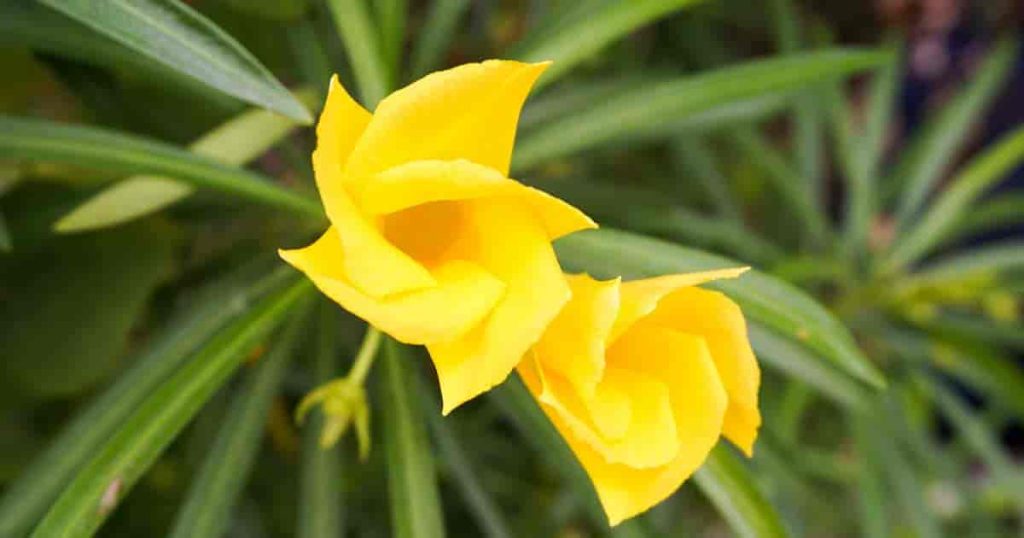In the United States, where gardening is a beloved pastime and landscape design is an art form, the oleander plant has long been a favorite among horticulturists. Known for its vibrant blooms and hardy nature, this evergreen shrub adds a touch of elegance to any outdoor space. However, beneath its beauty lies a potent danger that every gardener should be aware of.
This article explores everything you need to know about oleander, from its care and maintenance to its toxicity and the importance of handling it with caution.
Understanding Oleander: A Popular Evergreen
Oleander, scientifically known as Nerium oleander, is a versatile and resilient plant native to the Mediterranean region and parts of Asia. It has become a staple in American gardens, particularly in warmer climates such as California, Texas, and Florida. This evergreen shrub is prized for its glossy, dark green leaves and its stunning display of white, pink, or red blossoms that bloom from early summer through mid-autumn.
The oleander thrives in full sun but can also tolerate partial shade, making it a flexible choice for various garden settings. Its drought-tolerant nature and adaptability to poor soils make it an excellent option for landscapes in arid regions. However, despite its beauty, it’s essential to understand the risks associated with this plant.
The Toxic Properties of Oleander
All parts of the oleander plant are highly toxic, including its flowers, leaves, stems, and even the water in a vase. The plant contains naturally occurring poisons called cardenolides, specifically oleandrin, which belong to a class of compounds known as cardiac glycoside toxins. These toxins interfere with the heart’s electrolyte balance, potentially leading to severe health complications.
The effects of oleander poisoning are similar to those of digitalis (a medication used to treat heart conditions), which means even small amounts of the plant can cause serious harm. Ingestion can lead to symptoms such as:
- Vomiting
- Nausea
- Dizziness
- Diarrhea
- Irregular heartbeat
- Seizures
- In extreme cases, death
It’s important to note that even the sap of the oleander can cause skin irritation and should be handled with care. Pet owners should be especially cautious, as dogs, cats, horses, and other animals are also at risk of poisoning if they come into contact with or ingest any part of the plant.
Oleander in the Garden: Care and Maintenance
For those who choose to grow oleander, proper care is essential to ensure the plant remains healthy and beautiful. Here are some key tips for caring for your oleander:
Light Requirements

Oleander thrives in full sun, requiring at least six hours of direct sunlight daily. While it can tolerate partial shade, reduced light may result in fewer blooms and less vibrant foliage.
Soil and Watering
Oleanders are adaptable and can grow in a variety of soil types, including sandy, clay, and loamy soils. However, they prefer well-draining soil to prevent root rot. They are drought-tolerant once established, needing only deep watering once a week during hot summer months. Overwatering can lead to issues like leaf spot and sooty mold, so it’s crucial to allow the soil to dry out between waterings.
Fertilizer
Oleanders are not heavy feeders and do best with a slow-release, balanced fertilizer applied in early summer. Over-fertilization can promote excessive foliage growth at the expense of flowering.
Pruning
Prune oleander in mid-autumn after the blooming season to maintain its shape and encourage new growth. Always wear gloves when pruning, as the sap can cause skin irritation.
Pest and Disease Control
Common pests that affect oleander include aphids and oleander caterpillars, which can damage the leaves and produce honeydew that leads to sooty mold. Regular monitoring and treatment with insecticidal soap or horticultural oil can help control these pests. Additionally, leaf spot and fungal infections can occur in humid conditions, so good air circulation is essential.
Oleander Varieties: Choosing the Right One for Your Garden
There are several popular varieties of oleander, each with unique characteristics that make them suitable for different garden settings. Some of the most commonly grown varieties include:
- ‘Algiers’: Known for its resilience in poor soils and its double pink blossoms.
- ‘Calypso’: A small tree with striking white and pink double flowers.
- ‘Isle of Capri’: Features vibrant green foliage and light yellow blooms.
- ‘Petite Salmon’: A dwarf variety ideal for informal hedges.
- ‘Sister Agnes’: A classic white-flowering variety that thrives in diverse conditions.
- ‘Austin Pretty Limits’: A showstopper with deep pink double blossoms.
Each variety offers a different aesthetic, allowing gardeners to choose the one that best suits their landscape.
Growing Oleander from Seed
For those interested in propagating oleander from seeds, the process is relatively straightforward. Here’s how to get started:
- Selecting the Seeds: Collect mature seeds from the plant’s pods in early summer. Choose plump, firm seeds for the best results.
- Preparing the Seeds: Scarify the seeds by gently nicking the outer coating to promote germination.
- Sowing the Seeds: Plant the seeds about 1/4 inch deep in well-draining soil. They can be sown directly in the ground or started in pots.
- Caring for the Seedlings: Keep the soil consistently moist but not waterlogged. Seedlings typically emerge within 2-4 weeks.
- Protecting the Plants: Monitor for pests and diseases, and keep pets and children away from the growing plants due to their toxic nature.
Propagating Oleander Through Cuttings
Propagating oleander through cuttings is a common method for expanding your collection. Follow these steps for successful propagation:
- Choose the Right Time: The best time to take cuttings is in early summer or mid-autumn when the plant is actively growing.
- Prepare the Cuttings: Select healthy, non-flowering stems and cut them to 6-8 inches in length. Remove the lower leaves.
- Treat the Cuttings: Dip the cut ends in rooting hormone to encourage root development.
- Plant the Cuttings: Place the cuttings in a well-draining potting mix and keep the soil moist.
- Provide the Right Conditions: Place the pots in a warm, bright location and watch for signs of new growth.
Potting and Repotting Oleander

If you’re growing oleander in a container, proper potting and repotting are essential for its health:
- Choose the Right Pot: Use a pot that is 2-3 times the size of the root ball with good drainage holes.
- Prepare the Potting Mix: Use a well-draining mix with a slightly alkaline pH.
- Pot the Plant: Gently place the oleander in the new pot and fill with soil, ensuring no air pockets.
- Water and Place: Water thoroughly and place the pot in a sunny location.
- Maintenance: Monitor for pests and prune regularly to maintain shape and promote blooming.
Common Pests and Diseases
Despite its resilience, oleander is susceptible to certain pests and diseases:
- Oleander Caterpillar: These orange pests feed on the leaves and can cause significant damage.
- Aphids: Small insects that feed on sap, causing distorted growth and sooty mold.
- Deer: Although not pests, deer can strip the plant of its leaves if left unchecked.
- Leaf Spot and Sooty Mold: Fungal issues that can develop from overwatering or pest infestations.
Regular monitoring and proper care can help prevent these problems.
Troubleshooting Common Issues
If you notice issues with your oleander, here are some solutions:
- Brown Tips and Edges: This often indicates improper watering. Ensure the plant receives enough water, especially in dry conditions.
- Yellowing Leaves: May be due to nutrient deficiencies, pests, or disease. Feed with a balanced fertilizer and check for pests.
- Other Problems: Adjust watering practices, prune affected areas, and use appropriate treatments for pests and diseases.
Final Thoughts: Balancing Beauty and Safety

Oleander is a stunning addition to any garden, offering beauty, resilience, and versatility. However, its toxic properties require careful handling and awareness. Whether you’re a seasoned gardener or a novice, understanding the care and dangers of oleander is essential.
By following proper care guidelines and taking precautions, you can enjoy the beauty of this evergreen while keeping yourself, your family, and your pets safe.
Stay updated with the latest news on gardening trends and plant safety by exploring more articles on our site.
[Author: Sarah Thompson
Title/Role: Horticultural Expert
Credentials: Certified Master Gardener with over 10 years of experience in plant care and landscape design.
Profile Link: www.sarahlivinggreen.com]
Source 1: National Poison Control Center
Source 2: University of California Cooperative Extension
Source 3: USDA Plant Hardiness Zone Map
[Internal Link 1: How to Plant, Grow, and Care for Arborvitae Trees Properly]
[Internal Link 2: How to Plant, Grow, and Care for Limelight Hydrangeas]
[Internal Link 3: Understanding Plant Toxicity and Safety]











More Stories
US Trending News: The History and Legacy of Zoo York in Streetwear Culture
What Is Yodo Para Tiroides and How Does It Affect Thyroid Health?
Understanding ‘You Got That Right’ in The New York Times: Context and Implications